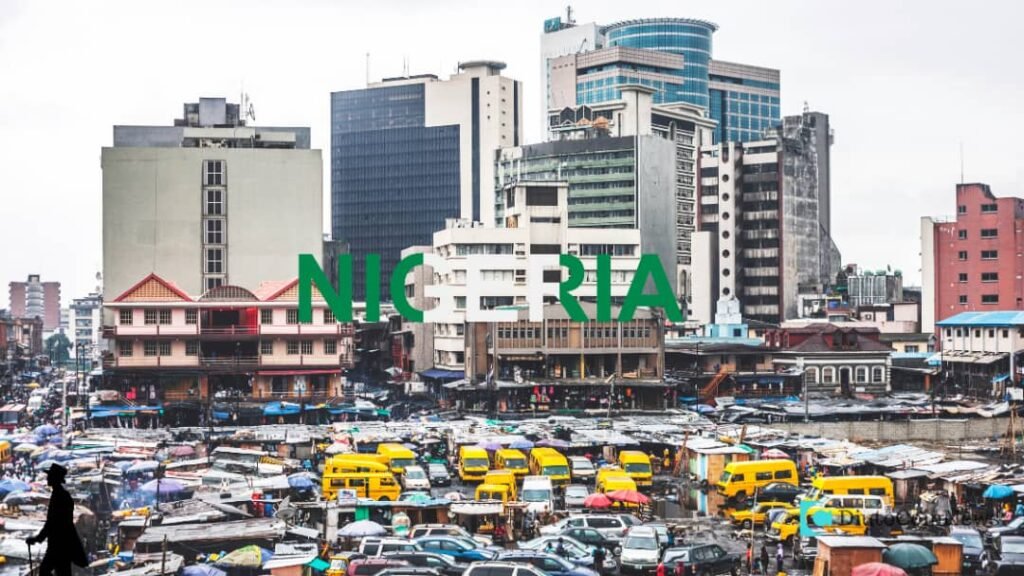Blockchain technology is transforming supply chains by introducing transparency, security, and automation into one of the world’s most inefficient systems.
Every product we hold — sneakers, smartphones, coffee beans — carries a hidden story. Behind it lies a vast, tangled network of farmers, manufacturers, distributors, shipping companies, and retailers. This web, called the global supply chain, is the circulatory system of modern commerce. Yet, like an overburdened artery, it often clogs, falters, and fails.
Traditional supply chains have long been plagued by opacity, inefficiency, and mistrust. A package may appear “in transit” for days without explanation; counterfeit goods slip in undetected; and endless paperwork slows the flow of goods and money. It is a system where miscommunication and fragmentation are the norm — and where delays, losses, and fraud thrive.
But a new player has entered the scene: blockchain technology. With its immutable records, decentralized trust, and programmable logic, blockchain promises to rewire this chaotic machinery into something leaner, faster, and far more reliable.
THE OLD SUPPLY CHAIN STRUGGLES
1. Lack of Transparency: Each stakeholder guards its own database, leaving others in the dark. When problems arise, finger pointing replaces accountability.
2. Excessive Complexity: Global trade spans borders, regulations, and incompatible technologies. It is like trying to play chess across ten boards simultaneously.
3. Manual Processes: Paper based systems, ink signatures, and manual approvals create bottlenecks measured in weeks, not minutes.
4. Counterfeiting Risks: From luxury goods to pharmaceuticals, fake products infiltrate markets, eroding trust and endangering lives.
ENTER BLOCKCHAIN
At its core, a blockchain is a tamper proof ledger shared across all participants. Picture it as a universal record book: every transaction, shipment, and update written once, seen by all, and never altered.
With smart contracts, rules become code: payments trigger automatically when goods arrive. With tokenization, real world items become digital assets whose ownership shifts instantly as they move across borders. Together, these features dissolve the fog of uncertainty that has haunted supply chains for decades.
THE TRANSFORMATIONS
1. Smart Contracts: Automate settlements — suppliers are paid the moment shipments are confirmed, eliminating disputes and delays.
2. Real Time Tracking: GPS and IoT devices feed live updates onto the blockchain, allowing everyone to see where goods truly are.
3. Tokenization of Goods: Physical items represented as digital tokens enable seamless trade, instant verification, and fluid ownership transfer.
4. Fraud Prevention: Immutable blockchain records make counterfeiting nearly impossible; every genuine item carries a traceable digital signature.
WHY IT MATTERS
Blockchain enabled supply chains bring:
1. Visibility: A single source of truth across all participants.
2. Accountability: Clear evidence of responsibility when failures occur.
3. Efficiency: Faster transactions and reduced reliance on paperwork.
4. Trust: Consumers can verify origins, ensuring authenticity and ethical sourcing.
THE CHALLENGES
Blockchain is no panacea. Scaling global trade on chain requires enormous technical and regulatory alignment. Integrating new systems into entrenched corporate infrastructures remains costly and complex. Above all, cultural resistance to change slows adoption.
LOOKING AHEAD
Despite these hurdles, the trajectory is unmistakable. Future supply chains may feature:
1. Cross Chain Interoperability: Different blockchains seamlessly sharing data and value.
2. DeFi Integration for SMEs: Small suppliers gaining access to liquidity through blockchain based loans and financing.
3. Sustainability Tracking: Verified, immutable data on environmental impact, eliminating corporate greenwashing.
4. Crisis Resilience: Real time visibility enabling rapid adaptation during disruptions like pandemics or geopolitical shocks.
CONCLUSION
Blockchain is not merely a financial experiment for cryptocurrency traders. It is becoming the invisible architecture of global trade, bringing order to chaos. By embedding trust, transparency, and automation into every transaction, it offers the possibility of a supply chain that is faster, fairer, and resilient.
The next time a delivery arrives on time and unbroken, it may be more than luck — it may be blockchain at work.
Discover more from DiutoCoinNews
Subscribe to get the latest posts sent to your email.












